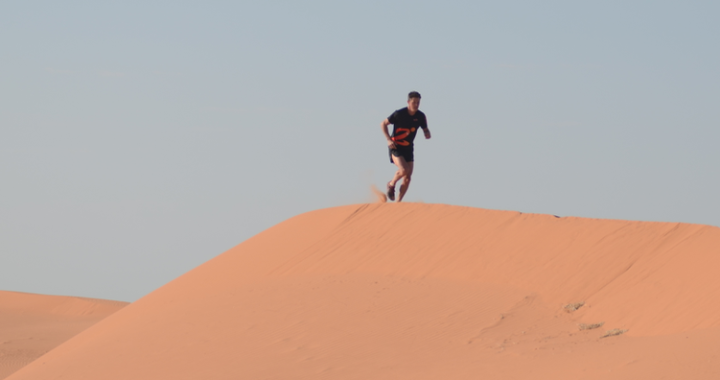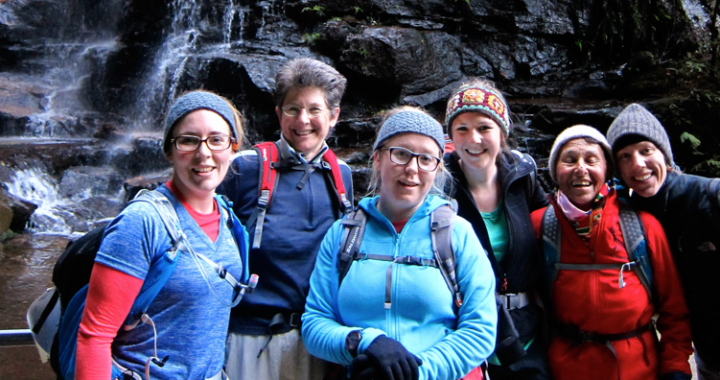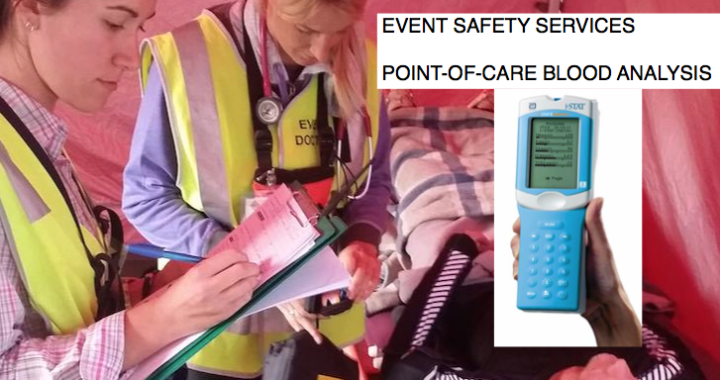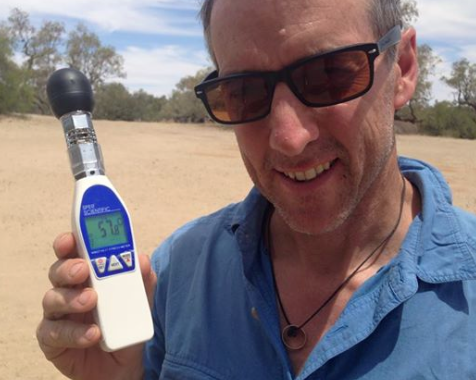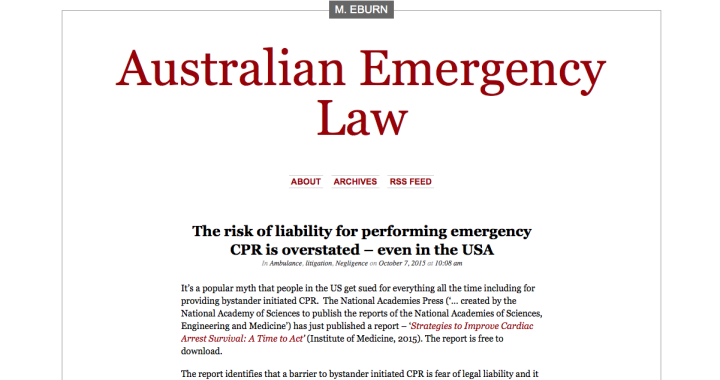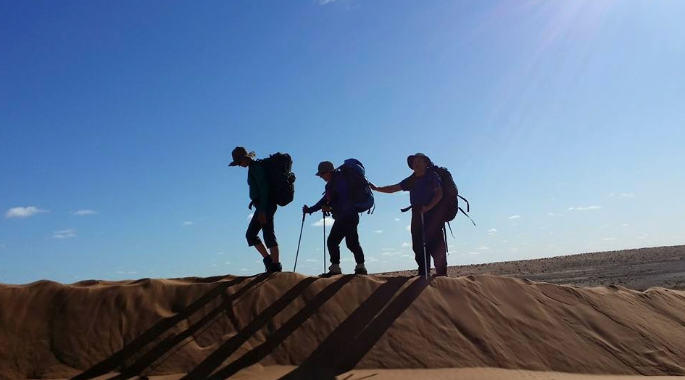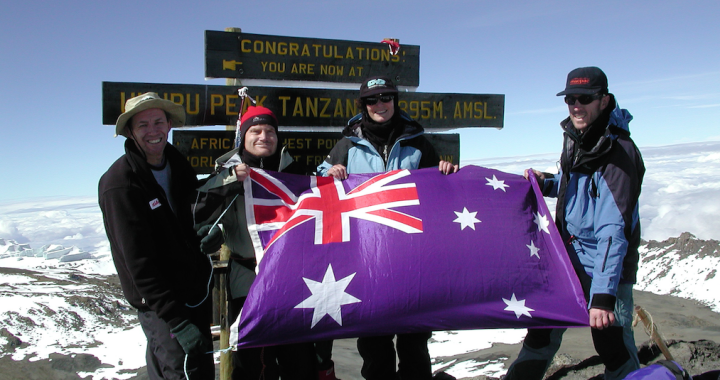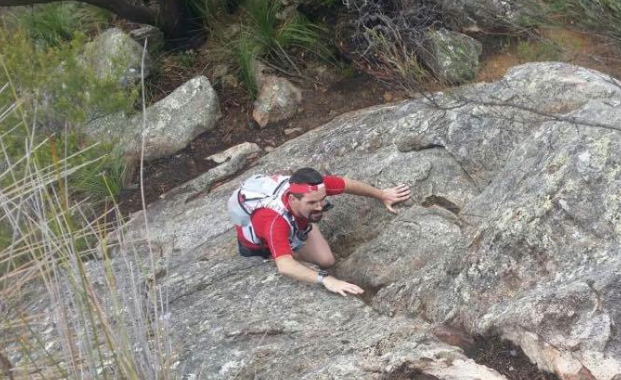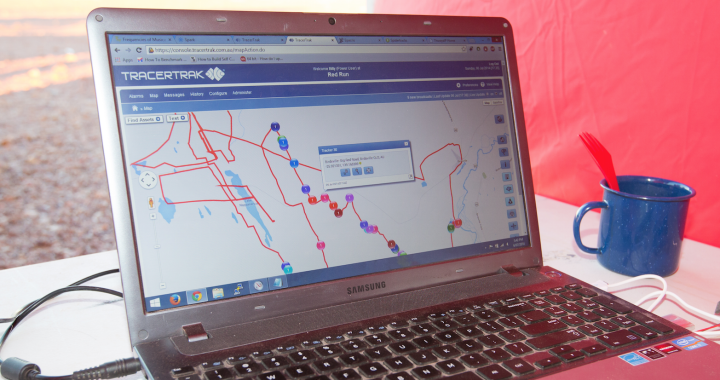Having provided first aid and medical teams for hundreds of endurance events Lucas Trihey considers the dangers of heat stroke.
March 2016
As a race organiser and responder, heat stroke is the injury that worries me most. When it strikes a runner down things need to happen quickly to save the person from serious organ damage or death. In hot conditions many runners find it difficult to anticipate and prevent.
HOT AND HUMID LEADS TO HIGHER RISK OF HEAT STROKE
High temperatures with high humidity is the worst combination. According to the American College of Sports Medicine (ACSM) a sunny day with a temp of 29C and 75% humidity with little wind is hot and sticky enough to place people undertaking “continuous activity” at high risk of heat stroke.
In hot, low-humidity conditions runners can cope quite well and avoid heat injury because the body is able to shed heat to the (drier) environment using our body’s wonderful cooling system. But when it’s hot AND humid it’s harder to shed heat and we start to cook.
So while participants in Death Valley (USA) or across the Simpson Desert (Australia) often run in safety in 40+C temps due to the low humidity a day of moderate temps and high humidity will see runners in other areas struggling to stay cool and some will suffer heat injury.
HOT AND DRY = OFTEN OKAY – Body can usually shed heat
WARM/HOT AND HUMID = DANGEROUS – Body can’t shed heat
BASICS OF HEAT STROKE
- When you exercise, heat is generated as a by-product of muscles working and if you can’t shed this heat to the environment your temperature will rise.
- If your temperature rises you will get sick, if it rises far enough your organs will start to cook and fairly quickly will stop working – this is life threatening.
- To avoid heat injury you need to avoid getting too hot. You need to help your body shed the heat that your muscles are producing, protect yourself from radiant heat and if you find yourself getting hot you need to slow down and find ways to cool your body.
HYDRATION ALONE IS NOT THE ANSWER
Be aware that hydration actually has little to do with preventing heat stress. There are many examples of well-hydrated runners and trekkers getting heat stroke. What you need to do is to cool your body. Encouraging people to over-hydrate in an attempt to prevent heat stroke is misguided and is likely to lead to over-hydration and illness (hyponatraemia). As always, the best hydration advice is to “drink to your thirst”. https://en.wikipedia.org/wiki/Hyponatremia
Read about Austrian tourist Caroline Grossmueller who died at Lake Eyre in 1998 of heatstroke with plenty of water remaining: http://www.lakeeyreyc.com/coroner.html
CASE STUDIES AND RESEARCH
Over the years I’ve been at events and have treated runners with heat stroke who have done permanent damage to their organs. I have also researched events where participants have died or received severe brain or organ damage. See the CASE STUDIES below.
After studying these incidents I sought advice from experts including Associate Professor of Physiology, Martin Thompson (Sydney University) and papers from the American College of Sports Medicine. The following guidelines come from this research and should help runners and event organisers to reduce the chances of heat stroke.
GUIDELINES FOR HOT AND HUMID CONDITIONS
RUNNERS
- Wear loose, light coloured clothing. Avoid black lycra.
- Use ice water and ice packs to keep your cool. Lots of events provide these items now.
- Tip iced water over your head, torso and limbs at regular intervals.
- Put small ice packs under your cap, against your neck (carotid area), under arms and down your shorts to rest against your inner groin/thigh – all these parts of the body have good blood supply and are a great way to cool you down.
- If possible run in the shade rather than full sun.
- If possible run in places that catch a breeze rather than in a still, humid valley.
- If the heat is bothering you take regular rests in the shade.
- Have a good supply of fluids with you and drink if thirsty – but don’t overhydrate.
- If feeling the heat stop at an aid station to get help rather than pushing on to collapse somewhere remote.
ORGANISERS
- Provide ice water dousing buckets around the course.
- Provide ice packs (party ice in a small freezer bag) for runners.
- Prepare your marshals so they know how to recognise heat injury and help runners on hot days.
- In dangerously hot/humid conditions organisers should be prepared to shorten, re-route or cancel the event.
- Use the WBGT index to help evaluate conditions (see the section on WBGT)
- Advise your marshals and aid stations not to encourage over-drinking. Simply filling your stomach with too much water will not prevent over-heating and may make them ill with the effects of sodium dilution (hyponatraemia).
USING THE WBGT INDEX
The Wet Bulb Globe Thermometer (WBGT) is an index value derived from a combination of temp in the shade, temp in the sun, wind (or lack of) and humidity. WBGT is recognised internationally as offering event organisers and managers an appropriate tool to make informed decisions about the risk of heat stress for individuals exerting themselves in the heat.
https://en.wikipedia.org/wiki/Wet-bulb_globe_temperature
Local WBGT values are available for some Australian locations via the BOM website: http://www.bom.gov.au/products/IDN65179.shtml
We use a hand-held WBGT meter at all warm weather events.
HEAT STROKE CASE STUDIES
GLENBROOK – HOSPITALISATION
On a warm day in November 2012 I coordinated the first aid team at Glenbrook Marathon for 200 runners. Temps were mid 30s and humidity was around 70%. Late in the morning we heard reports that a runner had collapsed approx 150m from an aid station. Not long after collapsing this person was unconscious, fitting and having seizures, all signs that the brain was being damaged. We called an ambulance, got ice packs and cold water onto the person, and he spent three days in Nepean Hospital being treated for kidney damage. He was lucky the collapse was close to a road and we were able to get to him within 15 minutes, but even so he suffered life threatening heat stroke. It would have been far more dangerous if this collapse had occurred on a remote section of the course.
BRIBIE ISLAND – FATALITY
At a 15km beach run on Bribie Island in October 2013 a leading runner didn’t appear as expected at the finish. He was later found unconscious on a track among the dunes near the beach. Tragically this runner died. One possibility is that the runner began to suffer from heat stroke, became disoriented and left the beach. This thread on Cool Running has more information: http://www.coolrunning.com.au/forums/?showtopic=38063
RACE THE PLANET – GOBI DESERT (FATALITY) AND SAHARA (BRAIN DAMAGE)
An Australian participant in the October 2011 event in Egypt suffered seizures and heat stroke that led to permanent brain damage. According to media reports the runner now needs 24/7 care and lives on a disability pension.
http://www.news.com.au/national/run-competitor-brain-damaged/story-fndo4eg9-1226453235952
An American runner in the 2010 Gobi Desert event died from “complications due to… heatstroke”
REFERENCES
American College of Sports Medicine (Position Stand)
Exertional Heat Illness during Training and Competition
http://www.acsm.org/access-public-information/position-stands
